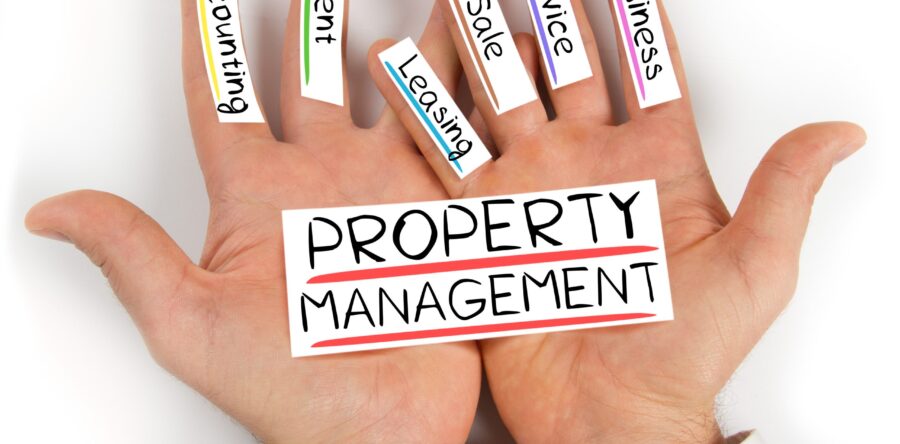No property investment is without risk and rentals are no exception. Therefore, to make it to the top of your game as a real estate investor, it’s important to know how to reduce the risks associated with a rental when you close in on a deal rather than letting it go uncontrolled.
In most cases, the risks associated with rentals are obvious. However, it’s better to clearly define which ones you want to mitigate and take your desired steps from there.
Often, the biggest issue investors have with rental property investments is that they end up losing money. That is, the running costs and associated expenses surpass the income generated by the property. Therefore, you end up losing money.
The Two Biggest Risks of Owning Rental Properties
We’ve already established that the biggest problem with rental investments is that if the numbers don’t work out in your favor, you will end up losing a lot of money in the long run as your expenses continue to pile up and your income tries to catch-up. Therefore, the best way to avoid losing money through your rentals is to understand the biggest risks involved and taking deliberate steps to mitigate them. With proper risk control and forethought, you can avoid disastrous investments and make a hefty profit from your rental investment.
Vacancy – No Income Generation
Vacancy is one of the biggest issues that plague real estate investors. If your property goes vacant, you lose that month’s income, you still need to pay off your mortgage, you need to pay for turn-over costs, and finally, you need to pay an agent to help you find tenants. Overall, the costs add up to a huge loss for the entire duration your property goes vacant.
The best way to mitigate this is to invest in a growing market. That is, if the population of the area is high enough, the demands for housing will also be high. As a result, the chances of your property going vacant for long periods. Additionally, when choosing between tenants, try and pick the ones who are in it for the long-term – the fewer tenants you need change, the less your property will be vacant.
Damages and Repairs – Maintenance Expenses
Maintenance repairs for your property range from simple faucets to structural fixtures. In many cases, there might be several issues inherent to your property that pop up long after you have purchased it. The result is the same in all cases though – you need to spend money to get the issues fixed. If you’re lucky you can get away with small cheap fixes here and there, but on the flip side, with structural damage, you might end up with a huge maintenance expense.
There are two simple ways to reduce maintenance costs. Firstly, bring in high-quality tenants that treat your property with care and are unlikely to cause damage. And second, do your due diligence when purchasing the property in the first place. Ensure that there is no structural damage or other issues that will cause a fortune to repair before you invest in it.
Conclusion
Risk is inherent to any investment. However, as an experienced real estate investor, it’s up to you to understand the risks involved and take the necessary steps to mitigate them to avoid losses.





